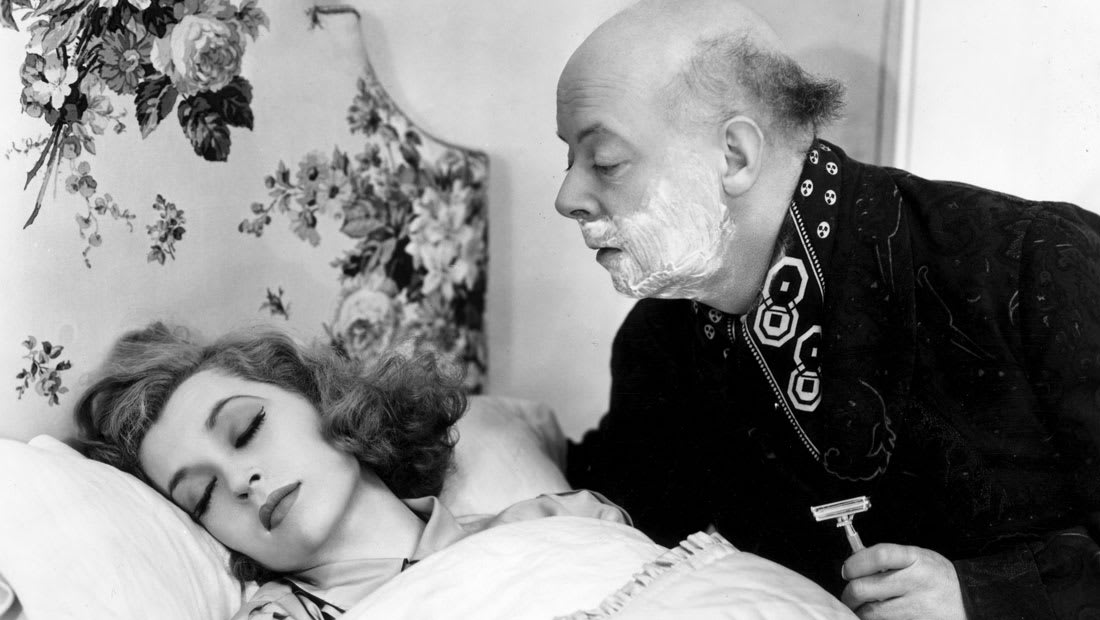دبي، الإمارات العربية المتحدة (CNN) -- رغم أن غالبية الأشخاص تراودهم الأحلام بين أربع إلى ست مرات في الليلة الواحدة، إلا أننا ننسى 90 بالمئة منها في غضون عشر دقائق من انتهائها. ولكن، هل يمكننا قريباً تسجيل أحلامنا؟ ويتخيًل البعض أن تسجيل الأحلام سيتم من خلال ارتداء ملابس قبل النوم مزودة بأجهزة استشعار للأعصاب والعضلات.
ويرى أستاذ علم النفس في جامعة مونتريال في كندا، أنطونيو زادرا، أنه يجب على الأشخاص نسيان الأحلام، حيث "من المهم عدم الخلط بين الأحلام والواقع."
ويقول الخبراء إنه رغم عدم تذكرنا لأحلامنا، إلا أنه من المهم أن نحلم، وهم يقدمون نظريات مختلفة لأهمية الأحلام، إذ اعتبر عالم النفس، سيغموند فرويد مثلاً أن الأحلام تمكننا من الوصول إلى أعظم رغباتنا، بينما يرى آخرون مثل أستاذ الطب النفسي ومدير مركز النوم والإدراك في كلية الطب في جامعة هارفارد، روبرت ستيكجولد، أنها "تسمح لنا بتخيل الأحداث ونتائجها ضمن إطار تجرييبي."
ويقول الأستاذ المساعد للتسويق في جامعة كيلوج للإدارة في جامعة نورث ويسترن، موران سيرف، إن الكثير من الأشخاص يعتقدون أن الأحلام هي طريقة لنقل الذكريات من الذاكرة القصيرة الأمد إلى الذاكرة الطويلة الأمد.
ومهما كانت الأحلام، فلطالما أُعجب البشر بهذه العوالم التي تخلقها أدمغتنا، حيث يحتفظ العديد بيومياتٍ لأحلامهم، والبعض الآخر يحاولون التحكم بأحلامهم الواعية، "Lucid Dreams".
ويقول سيرف: "لأول مرة، يمكننا فعل شيءٍ حيال ذلك."
ويعمل باحث الأحلام المستقل ومؤلف كتاب “بيان الحلم الواعي"، دانيال أولديس، مع أستاذ علم النفس في جامعة تكساس، دايفيد م. شاينر، لتسجيل الحركة والكلام في الأحلام، حيث يدير شاينر مختبر علم الأعصاب الإدراكي التابع للجامعة، الذي يستخدم تخطيط العضل الكهربائي، أو "EMG"، لقياس نبضات الأعصاب والعضلات أثناء النوم.
وأوضح أولديس أنه أثناء النوم، "لا تزال نبضات الأعصاب تنتقل إلى العضلات،" وتقوم الأقطاب الكهربائية الموضوعة على الساقين، والذراعين، والذقن بقياس تلك النبضات وإعادة تكوين الحركات خلال أحلام الفرد باستخدام نظام محاكاة أو "أفاتار".
ويحاول أولديس أيضاً فك تشفير كلام الفرد في الحلم من خلال وضع خمسة أو ستة أقطاب كهربائية على شفاه وحنجرة كل فرد.
وفي الوقت ذاته، يعمل يوكيياسو كاميتاني في جامعة كيوتو في اليابان على فك تشفير الصور في الأحلام، حيث نشر مؤخراً دراسةً تبين استخدام الرنين المغناطيسي الوظيفي، "fMRIs"، لإعادة بناء الصور في عقل الشخص اليقظ.
وقد يبدو تسجيل الأحلام وكأنه شيءٌ من أفلام الخيال العلمي، ولكن يقول أستاذ علم النفس في كلية الطب في جامعة هارفارد، ديردري لي باريت، إنه عند وضع التسلية جانباً، "يمكننا تعلم الكثير عن أنفسنا وأحلامنا."
ولكن يحذر أولديس من بعض مخاطر تسجيل الأحلام قائلاً: "إذا كان بإمكانك تسجيل أحلامك، فما الذي سيمنع شخصاً آخر من تسجيلها؟" حيث يمكن أن يكون اختراق الأحلام مستقبل الاستجواب العسكري للحصول على المعلومات.
وأما عن المدى الذي سيستغرقه الخبراء لتطوير تقنية تسجيل الأحلام، فيعتقد أولديس أن مسجلات الأحلام التي تستطيع أن توفر تجربةً شبيهةً بالأفلام الكاملة من الممكن أن تظهر بعد عقد أو عقدين من الزمن. كما أنه يتخيّل أن طريقة التسجيل ستكون على هيئة ملابس نومٍ مزودة بأجهزة استشعار للعضلات.
ولكن حتى الآن، تبقى هذه التقنيات مجرد حلم.

